As The United Church of Canada celebrates its 100th anniversary, a new exhibition in Edmonton is offering a powerful and long-overdue reframing of its legacy. Here from the Beginning centres the often-overlooked contributions of Black people in the church — reminding visitors that Black communities were not only present at its founding but deeply involved before that moment in 1925.
Launched on July 27 at Pilgrim United, the exhibit was the vision of Rev. Paul Douglas Walfall, Pilgrim’s minister, who developed the idea after a General Council Executive meeting on decolonizing church spaces.
You may unsubscribe from any of our newsletters at any time.
“One of the starting points of decolonization is hearing narratives about the church’s history that are not white-centred,” Walfall says. “History is usually told from the perspective of the hunter.”
As you enter the exhibit, you’re greeted by a series of tall display panels featuring photos, stories and profiles. The exhibit begins well before 1925, acknowledging the enslavement of Africans in Canada and the rise in Black migration after the American War of Independence in the late 18th century. It explores how Black people, often in the face of exclusion or marginalization, remained and remain active in the church. They led and they ministered.
“Even an immigration policy at one time suggested Black people were not suited for the Canadian context because of their skin colour,” Walfall notes. “But Black communities responded with resilience. They dug deep and stayed rooted in Christ. They declared, ‘Don’t tell me where I belong — I’ll tell you.’”
As more Black people joined churches, some white congregations pushed them out, encouraging them to form their own communities of faith. One of the most significant outcomes was Montreal’s Union United, which became the only all-Black congregation to join The United Church of Canada at the time of union in 1925.
One striking example of Black church leadership was Rev. Charles Este, a minister from Antigua, believed to be the only Black minister in the United Church at its founding. “He’s hardly spoken about,” Walfall says. “But he was active in Montreal’s Black community and worked to empower those around him. Why isn’t he remembered in our history?”
More on Broadview:
- Union United in Montreal has been a Black community bedrock for more than a century
- Here’s why Canada has to apologize for slavery
- How white evangelicals incite homophobia in Uganda
Later sections of the exhibit highlight the United Church’s evolving stance on anti-racism and the ongoing contributions of Black leaders. The print display features contemporary profiles, including that of Rev. Michael Blair, who in 2020 became the first Black person to serve as general secretary of the United Church.
More stories appear in the exhibit’s virtual format. Together, they show that Black voices continue to shape theology, worship and leadership in the denomination.
The exhibition was developed in collaboration with an active planning committee that includes a number of other Black United Church ministers. Walfall also consulted with Carol Duncan of Wilfrid Laurier University in Waterloo, Ont., alongside several clergy and community historians.
Because few records exist, the process relied heavily on oral history and lived experience. Walfall also points out that pressures to assimilate remain. “Even now, some churches resist gospel music for being ‘too rhythmic,’ or treat accents as barriers. The expectation to conform still exists.”
He emphasizes that Here from the Beginning is not just a display of Black history. “It is church history told through Black voices — and it belongs to the whole church,” he says.
The exhibit opened with a special launch on Sunday, just ahead of Emancipation Day on Aug. 1 — a deliberate choice to avoid limiting Black narratives to Black History Month in February. It runs daily until Aug. 2 from 2 to 6 p.m. at Pilgrim United in Edmonton. After Aug. 2, it will travel to Knox United in Calgary for General Council 45.
EDITOR’S NOTE: Broadview is proud to be a sponsor of Here from the Beginning.
***
Amal Mohamud is a journalist and filmmaker in Edmonton. Her work explores the intersections of race, faith and community.

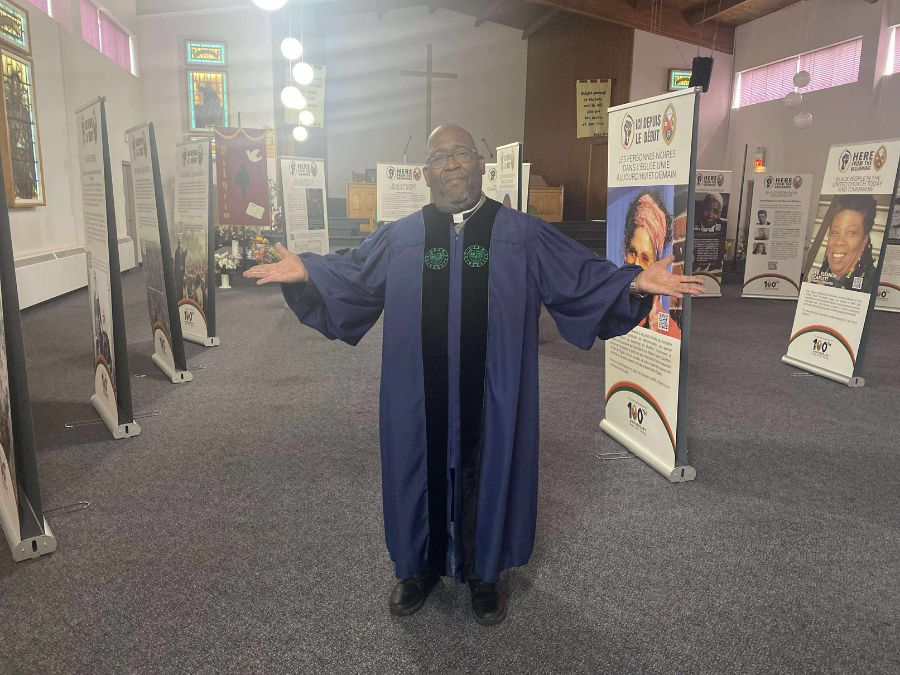

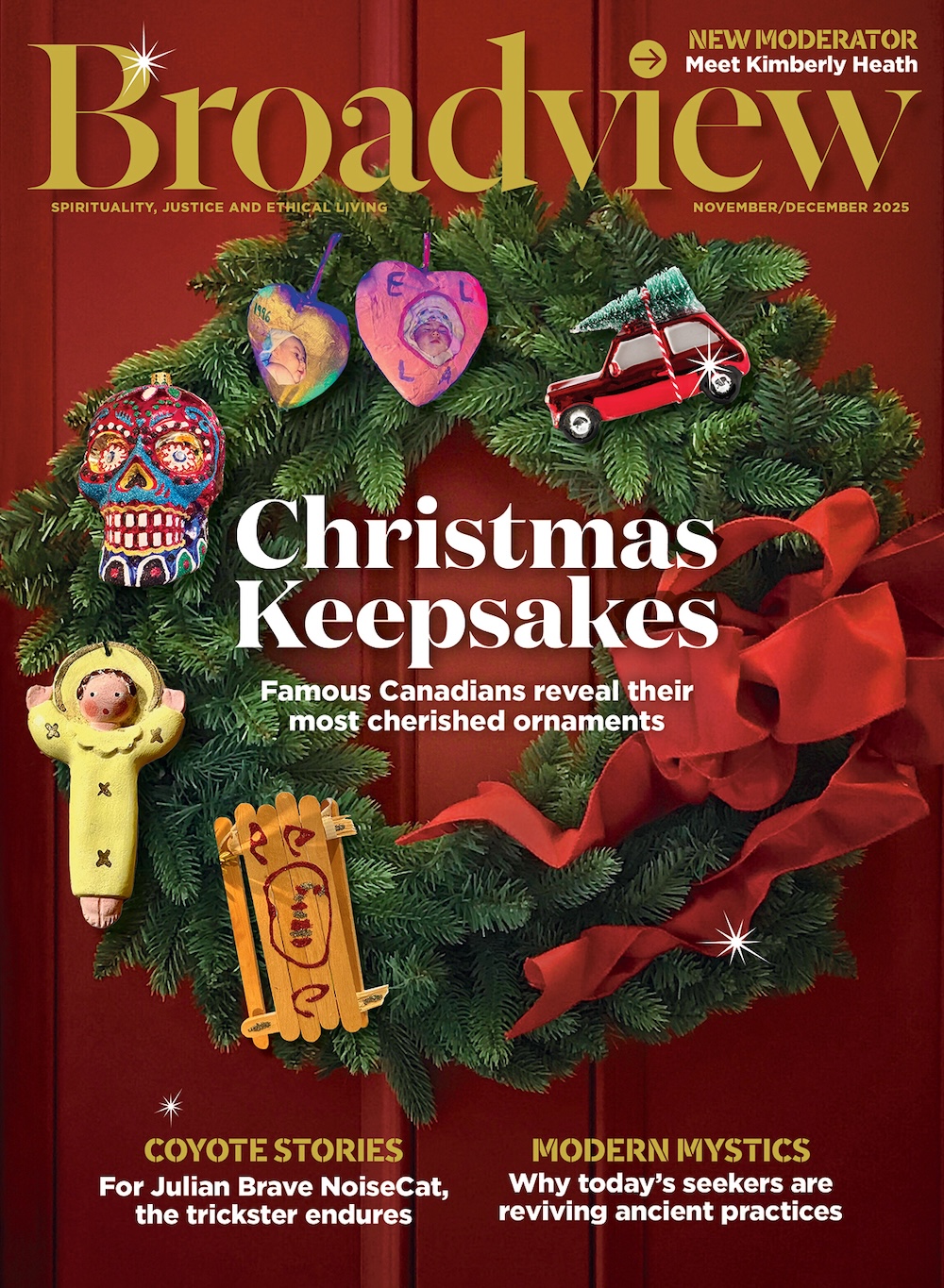
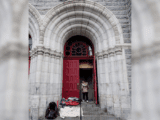
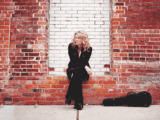
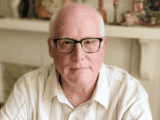


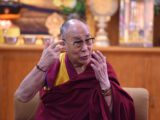

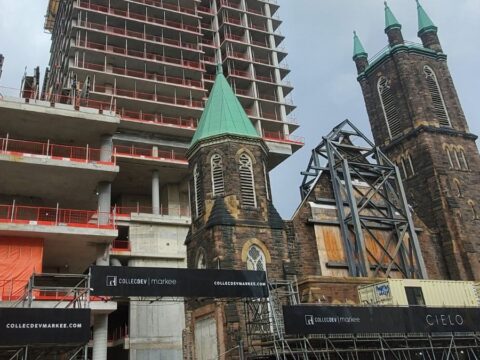
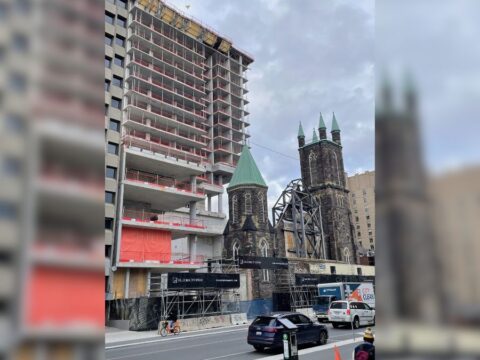
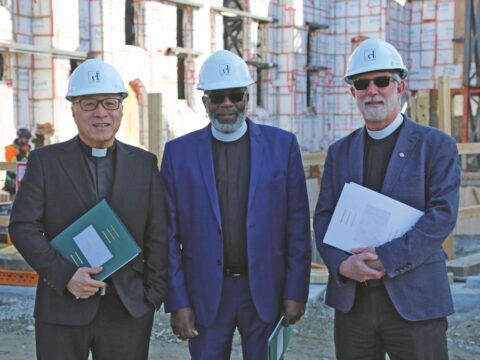
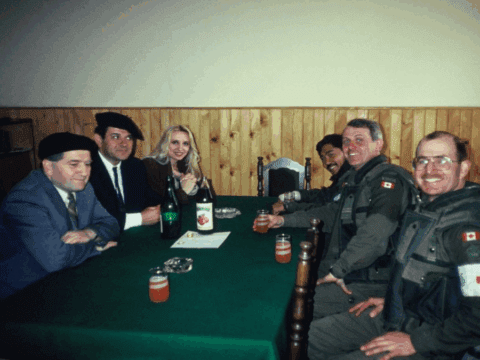
I first heard it out Here from the Beginning in May when a leader in the East Central Ontario Region Committee reached out to me since I am co- chair of the Outreach Committee at Trinity- St. Andrew’s UC in Brighton. Our church is very interested in having this exhibit for a period of time. Will you please send me the name and contact information of someone with whom I can communicate about this?
With thanks!
Sharon Graham’
Hi Sharon, you can email Paul Walfall at walfall@telus.net for more about the exhibit.